The new standard for high speed, high sensitivity 4D-Multiomics
Liquid chromatography (LC) coupled with mass spectrometry (MS) has become the gold standard in various omics fields. However, the coverage of proteomes or metabolomes in complex biological samples remains challenging due to limited speed, sensitivity and resolution of current mass spectrometers.
Adding trapped ion mobility spectrometry (TIMS) to the equation unlocks the parallel accumulation serial fragmentation (PASEF®) acquisition method to provide extremely high MS/MS speed and sensitivity, requiring minimal sample amounts.
Dual-TIMS and CCS-enabled analysis
TIMS is first and foremost a separation technique in the gas phase. This resolves sample complexity through an added dimension of separation in addition to high performance liquid chromatography (HPLC) and mass spectrometry, increasing peak capacity and confidence in compound characterization.
Equally important, the TIMS device also accumulates and concentrates ions of a given m/z and mobility, enabling a unique increase in sensitivity and speed.
A near 100% duty cycle can be achieved with the dual-TIMS technology facilitating accumulation in the front section, while ions in the rear section are sequentially released depending on their mobility. This process of parallel accumulation serial fragmentation (PASEF®) enables collisional cross section (CCS) analysis.

PASEF®

The timsTOF Pro 2 comes with our innovative dual-TIMS analyzer that offers three times higher ion capacity. Simplified ion optics maximize ion transfer and sensitivity to set a new standard in 4D-Multiomics. PASEF® is a redesigned MS/MS technology to meet speed requirements of omics applications. Ions are separated using trapped ion mobility spectrometry, eluted (~ 100 ms) and detected in the quadrupole time of flight (QTOF), generating the TIMS MS heat map. PASEF® then uses the same TIMS separation to serially fragment ions. The quadrupole isolates a certain ion species during its elution for MS/MS and immediately shifts to the next precursor. Parent and fragment spectra are aligned by mobility values. The timsTOF Pro 2 can achieve a sequencing speed of > 120 Hz in PASEF® mode. Furthermore, the MS/MS spectra quality of low abundant analytes can be enriched by selecting them several times.

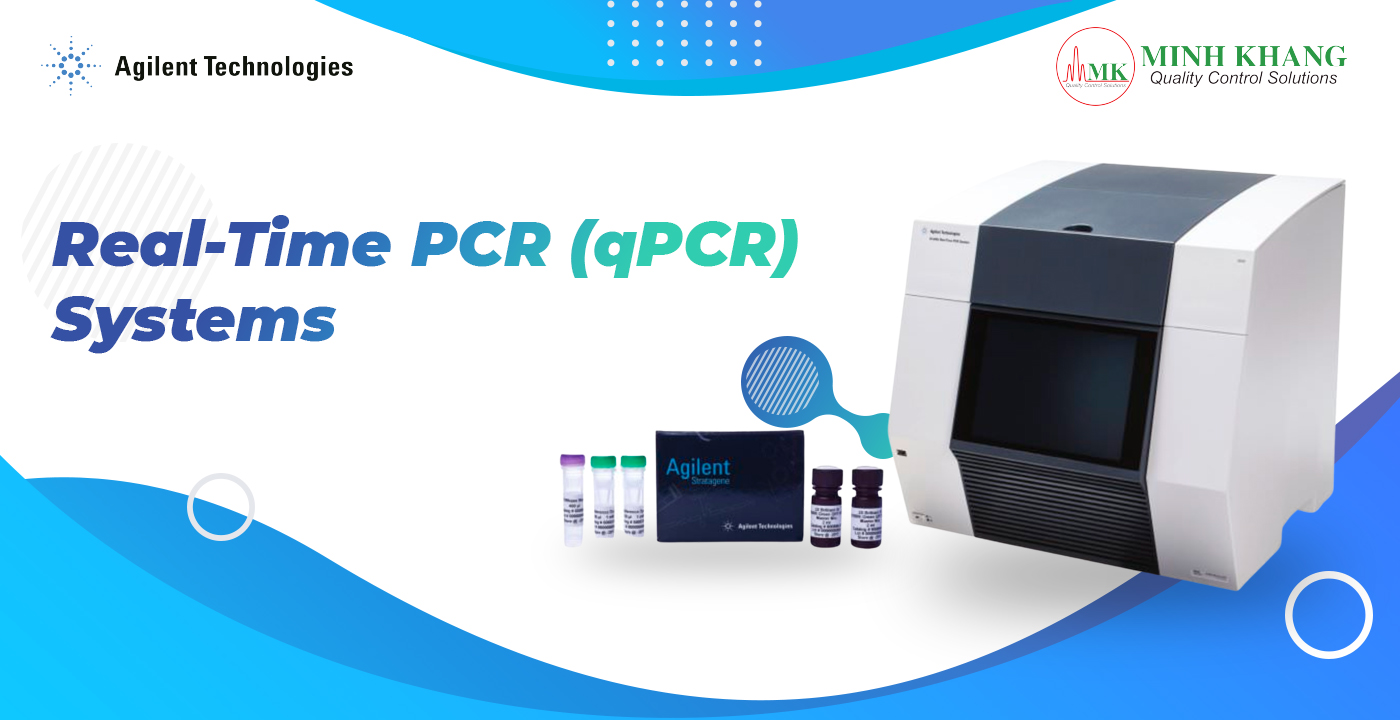
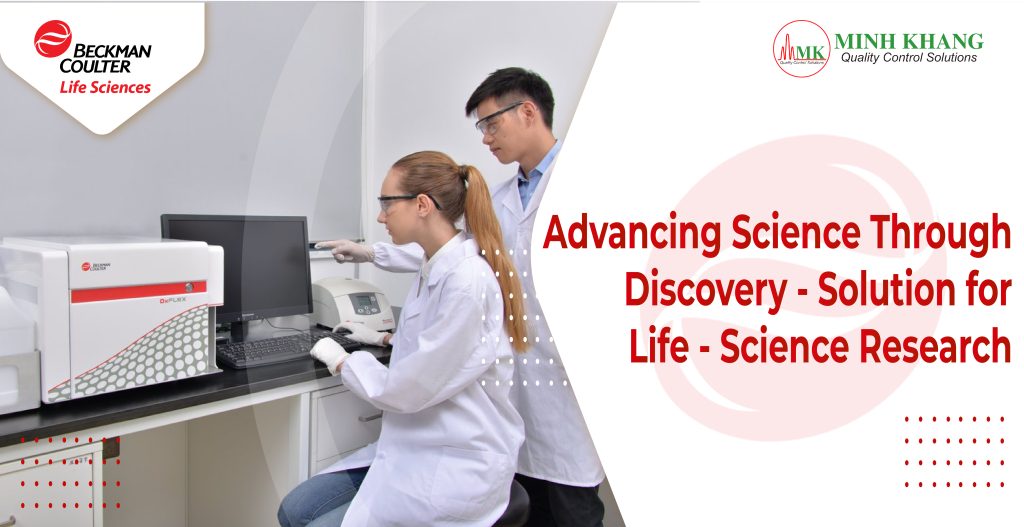
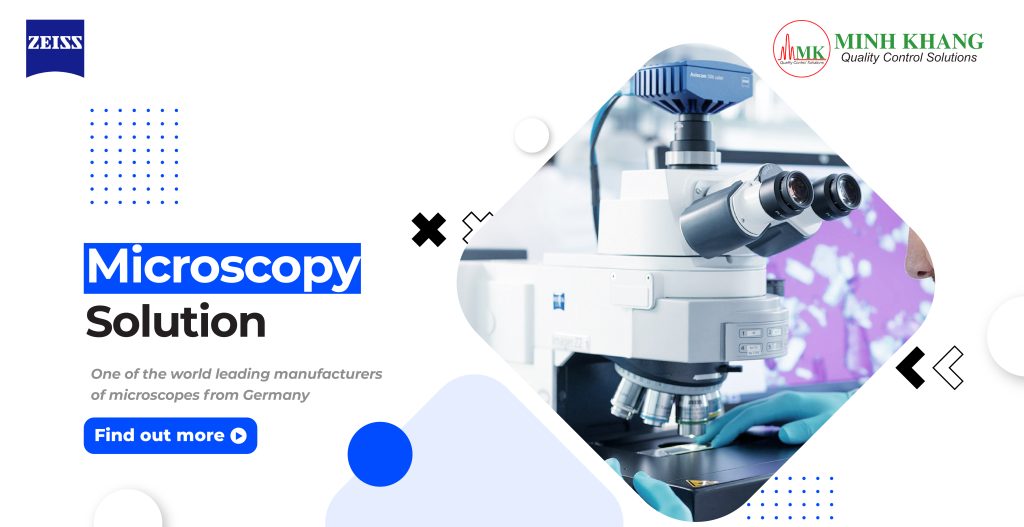
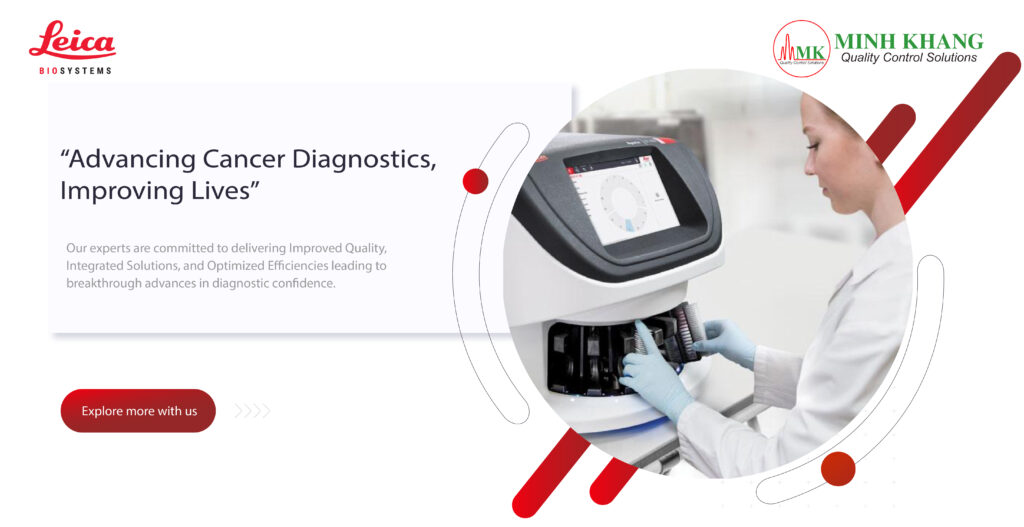
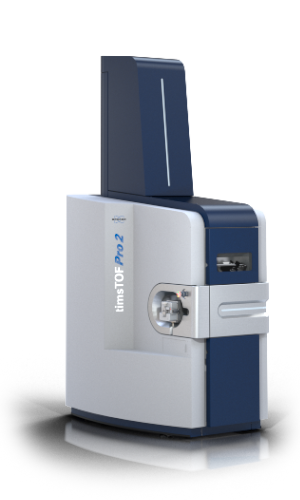




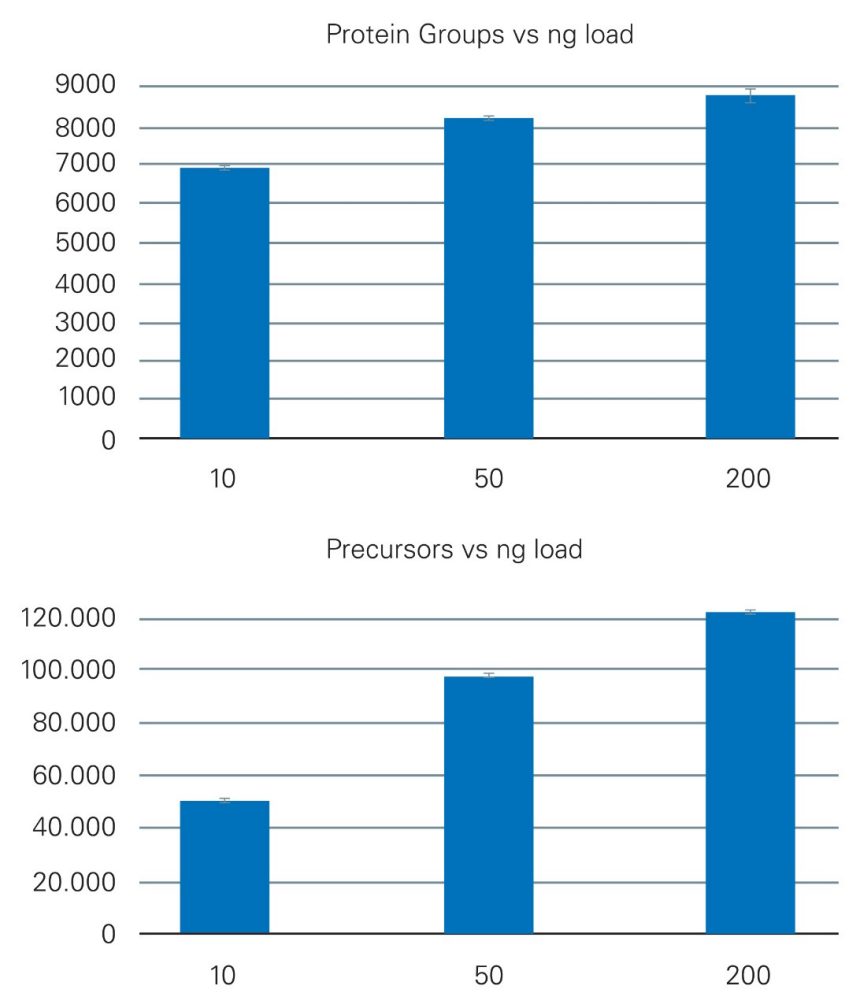

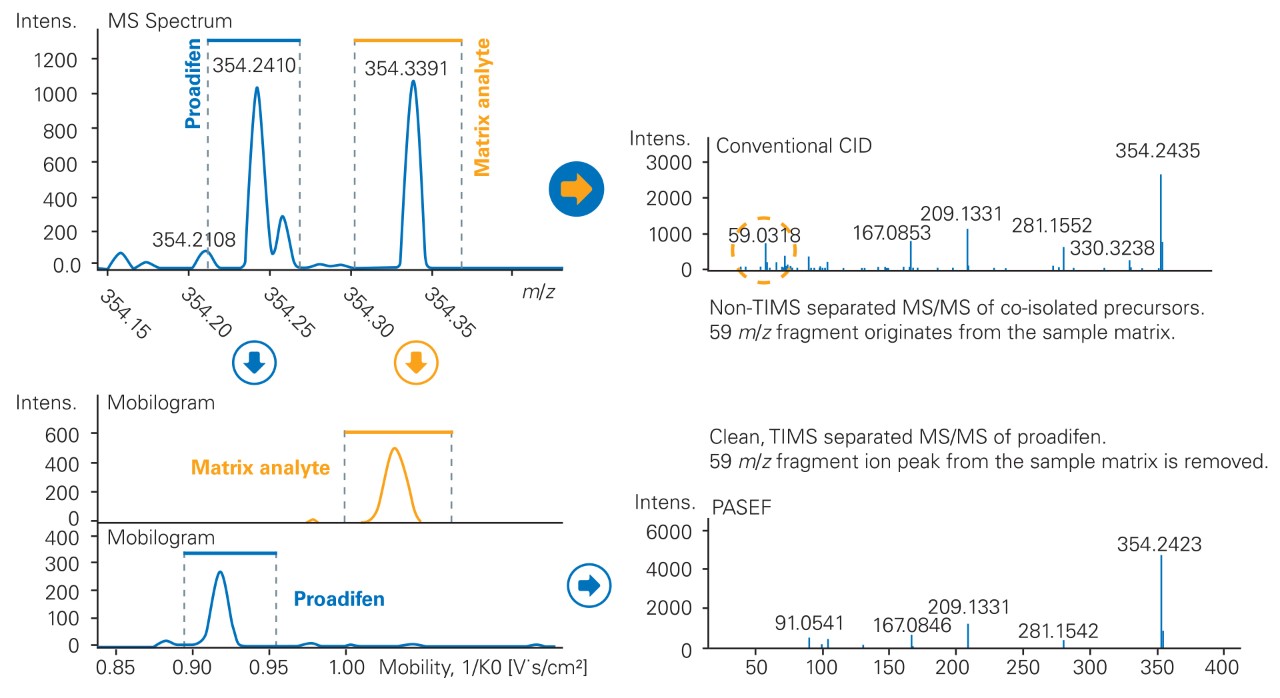

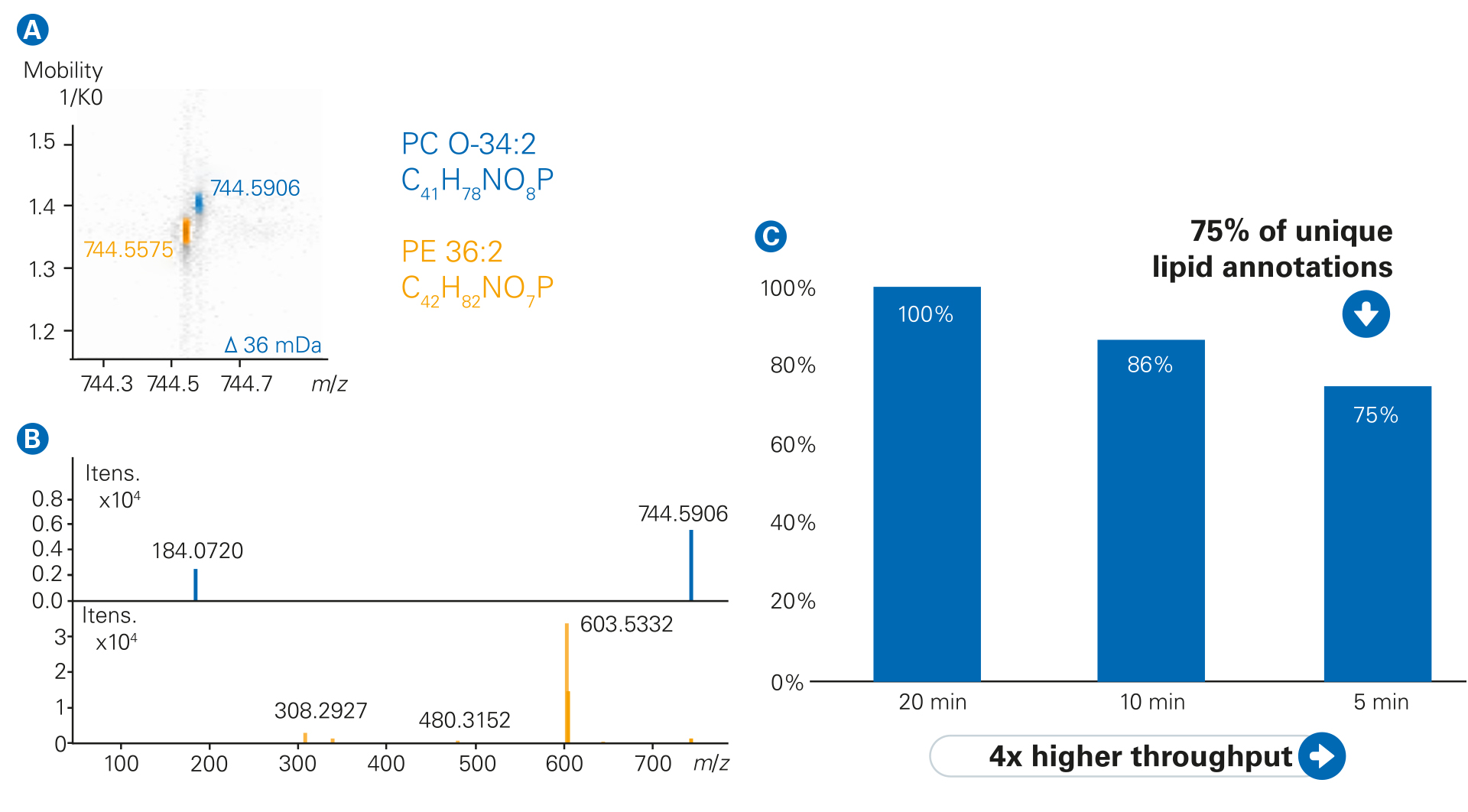


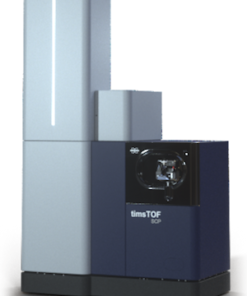
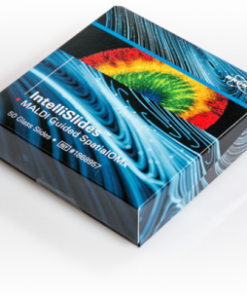
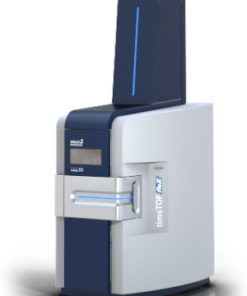
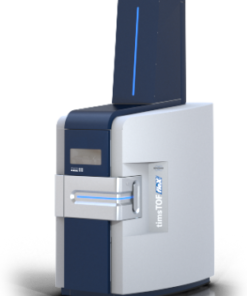
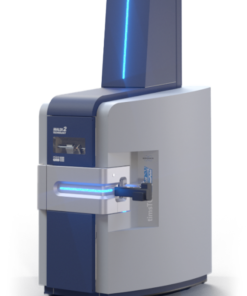
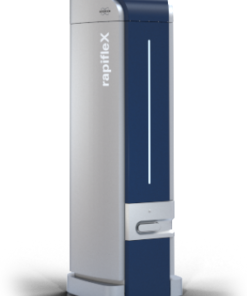
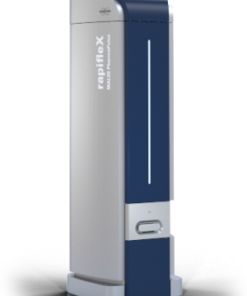
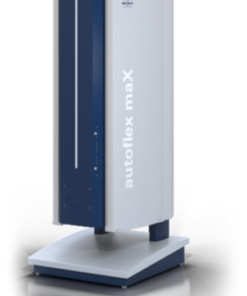
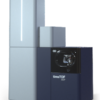
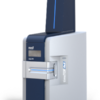

 VI
VI